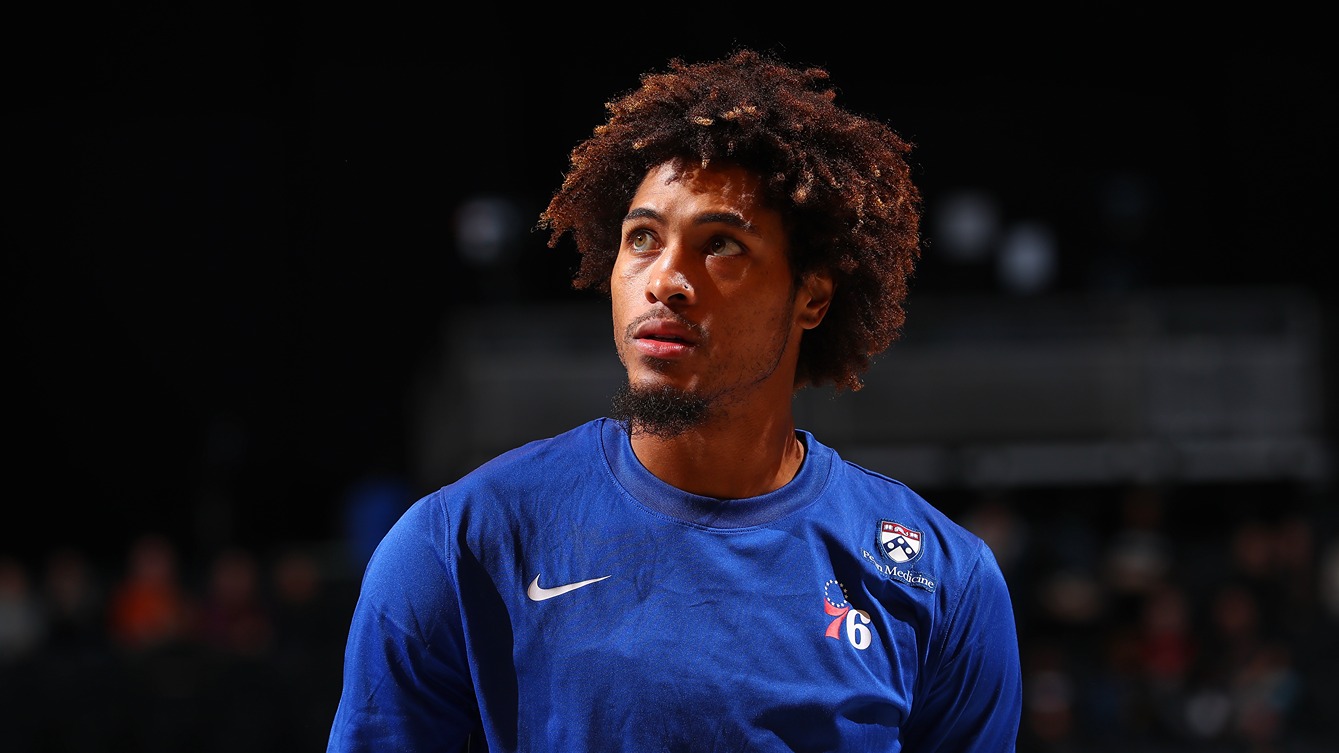This week the NFL owners approved a rule change that will move kickoffs forward five yards, from the 30- to 35-yard line. And while that might not seem like a lot, it will have a huge impact on the return game, drastically cutting back on the number of kickoffs that can be brought all the way back for a game-changing play.
Last year, kickers (with at least 15 attempts, not counting onside kicks) averaged 65 yards per kickoff -- so the ball landed at the 5-yard line. Because most of these kicks ended up short of or barely crossing into the end zone, returners brought out the vast majority. Only about 16 percent of kickoffs were downed in the end zone for touchbacks last season.
When the kickers move forward five yards and average the same distance per kick, the ball is going to land in the end zone a lot more. Some NFL reporters, such as Sal Paolantonio, have suggested that the status quo is likely to return to what it was in 1993. That was the last year that kickoffs occurred at the 35-yard line. In 1993, touchbacks accounted for 32 percent of all kickoffs.
However, we won't see touchbacks simply double. Kickers have improved significantly since the early nineties. They kick farther and with more hang time than ever before. So you can't assume the league will go back to just 32-percent touchbacks.
Based on the correlation between average kickoff distance and touchback percentage, I extrapolated from the 2010 data to determine how many touchbacks we'd have if each kicker essentially gained an extra five-yard head start. According to my calculations, the actual number of touchbacks will be more like 40 percent of all kickoffs in 2011.
And that's actually a conservative estimate. Billy Cundiff of the Ravens was the only kicker in 2010 to average more than 70 yards per kickoff (71.1). Most of his kicks landed in the end zone, causing more than half of them to go unreturned. With the five-yard bump to the 35, the average kickoff will likely be more than 70 yards now, thus allowing many more kickers to also force 50 percent or more touchbacks.
Plus, when the receiving team does get a returnable kick, the opposing tacklers will now have less ground to cover in order to get down the field and cut off the angles for a long return. Teams aren't going to be paying more money for kickoff or return specialists anymore, either.
Sports
In partnership with NBC Sports Philadelphia
Good thing for the Eagles considering they didn't have a true kick returner anyhow.
Overall, these changes have a clear effect. By reducing the number of returnable kicks and cutting down the likelihood of a breakout play, the NFL owners may have relegated kickoffs to an afterthought in the game.
Enjoy the touchdown returns, because they'll be few and far between.



